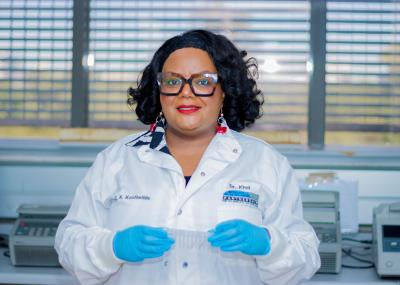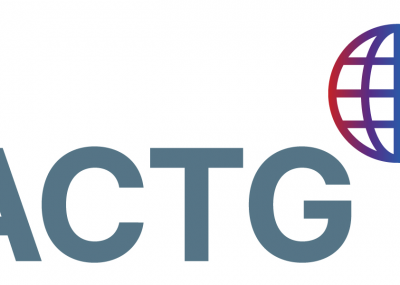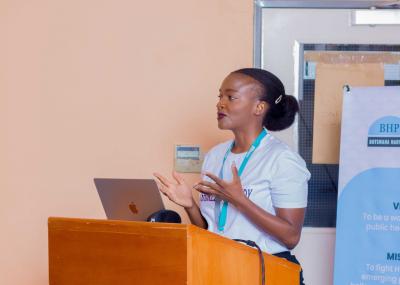Rationale: Early initiation of antiretroviral therapy (ART) leads to long-term viral suppression, reduces proviral reservoir size, and prolongs time to rebound. Since human immunodeficiency virus (HIV) is a lifelong disease, diagnostic monitoring after confirmed infection is typically not performed; therefore, little is known about the impact of early initiation and long-term ART on the sensitivity of assays that detect HIV antibodies and viral nucleic acid in children and adolescents.
Patient concerns: Here we report 1 case of diagnosed and confirmed perinatal HIV-1C infection with longstanding viral suppression, who subsequently had a negative HIV-1 deoxyribonucleic acid (DNA) test, undetectable antibodies to HIV-1, and high CD4+ T cell count after 14 years of ART.
Diagnosis: The patient was diagnosed with HIV in 2002 at 1 and 2 months of age using DNA polymerase chain reaction. At 8 months old, his viral load was 1210 HIV ribonucleic acid (RNA) copies/mL and CD4 T cell count was 3768 cells/mm.
Intervention: At the age of 9 months, highly active antiretroviral therapy comprising of zidovudine, nevirapine, and lamivudine was initiated. The patient remained on this treatment for 14 years 11 months and was virally suppressed.
Outcomes: At the age of 14 years 4 months, the participant decided to visit a local voluntary HIV testing center, where a rapid HIV test came out negative and the viral load was undetectable (<400 HIV-1 RNA copies/mL). These results led to termination of ART which led to viral rebound within 9 months.
Lessons: As more people with early HIV infection initiate early ART in the context of "Test and Treat all" recommendations, aspects of this report may become more commonplace, with both clinical and public health implications. If the possibility of functional cure (or false-positive diagnosis) is being considered, decisions to terminate ART should be made cautiously and with expert guidance, and may benefit from highly sensitive quantification of the proviral reservoir.




